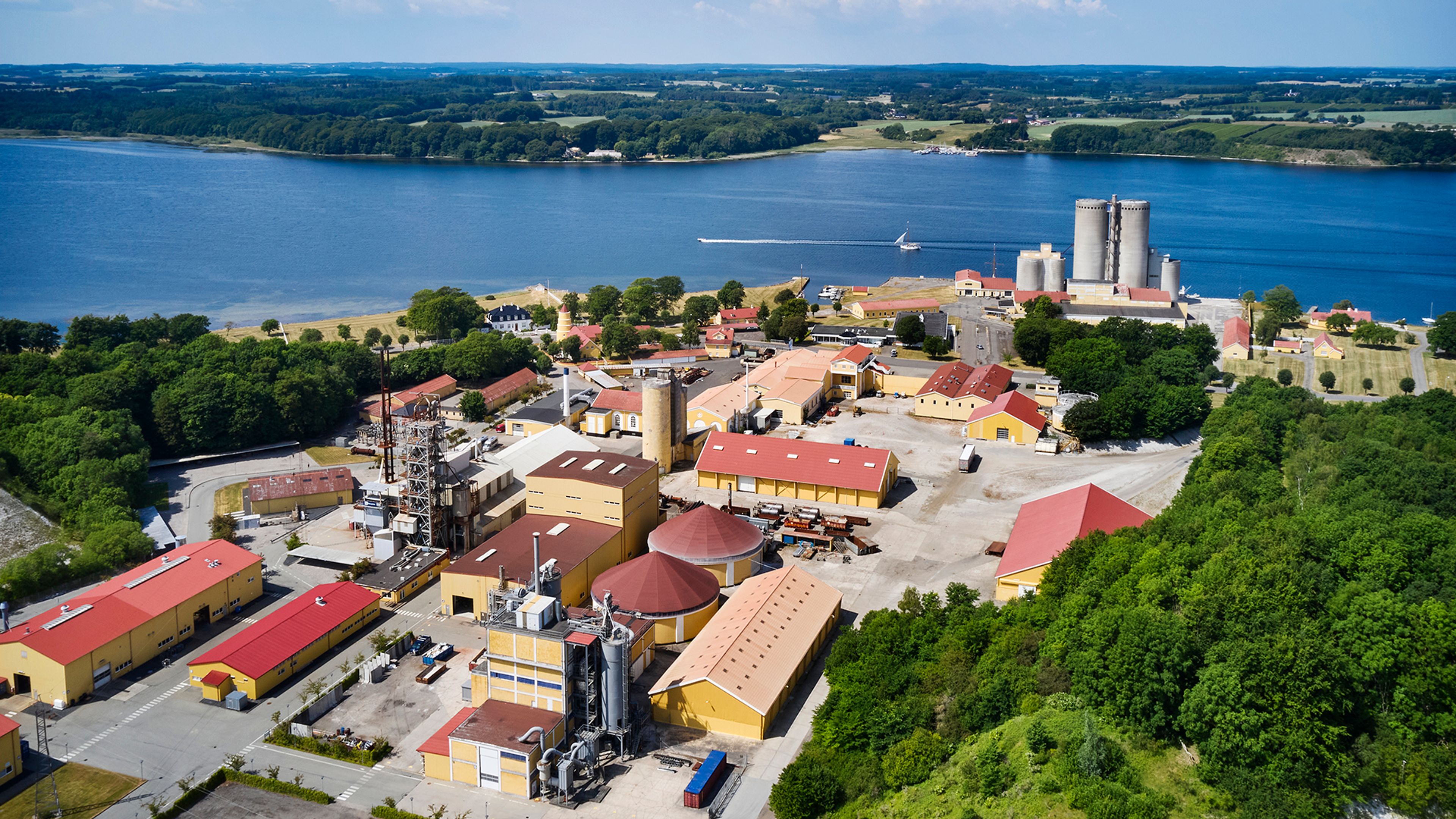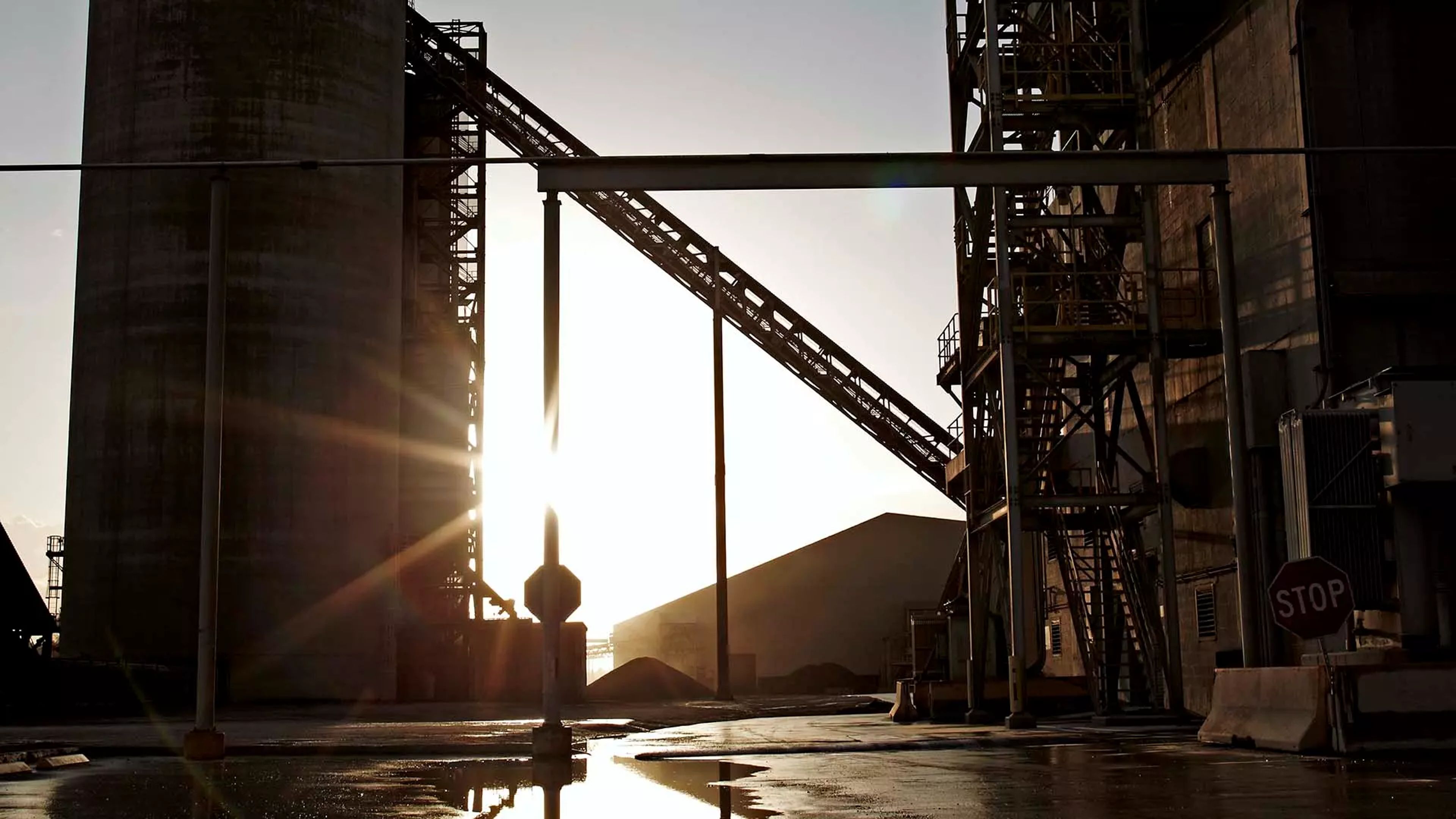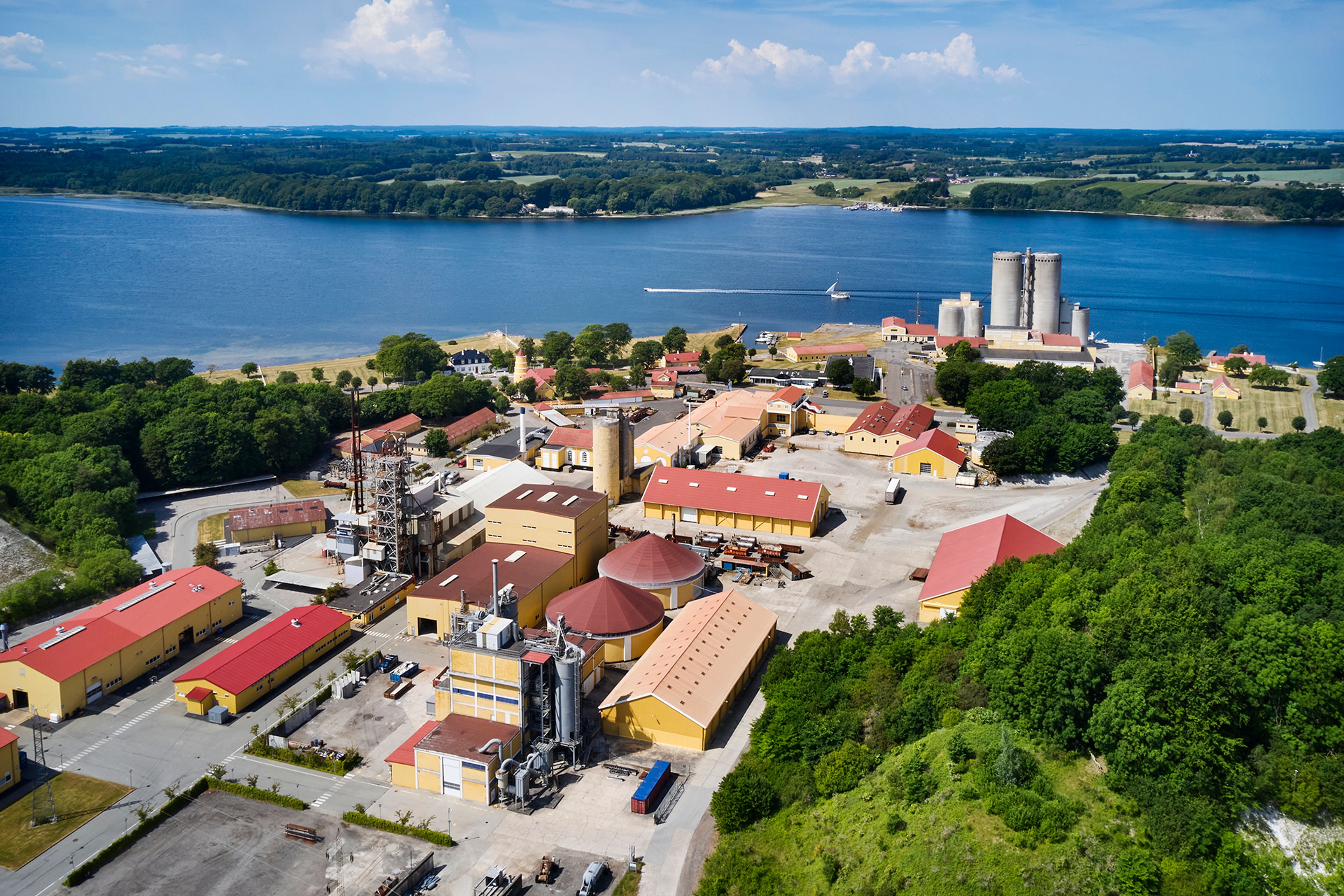
Advanced materials testing and analysis
There’s been a test centre at Dania in Denmark since 1976. Today, it’s home to one of the world’s most advanced laboratories for the analysis of materials. Dania supports our green innovation work through state-of-the-art testing of supplementary cementitious materials (SCMs) and clays, as well as hosting the ECoClay™ pilot plant.
Test before you invest
Reducing the amount of clinker in cement via the use of SCMs is a critical part of the industry’s decarbonization efforts. But how do you know whether a particular material is appropriate for use as an SCM? It’s a question our Dania test centre is set up to answer.
A full range of equipment and processes, including R3 testing, XRF/XRD, and thermal analysis enable our skilled laboratory technicians to characterise the suitability of potential SCMs, including slags, pozzolanas, fly ashes, for use in cement.
What we offer
Calcined clay
Dania is also equipped to test the suitability of clays for calcination and use as an SCM. Clays are found almost everywhere around the world but not all are right for calcination and use in the cement. At Dania, we offer: • Raw clay testing to determine chemical and mineralogical composition and physical properties to help assess technical feasibility and financial viability of a clay calcination project. • SCM characterisation: assuming a positive outcome in raw clay testing, we calcine the clay and characterize the resulting material including grinding behaviour, appearance, rheology and strength testing, colour control, and emissions analysis. • Pilot-scale calcination and product testing: Dania host to a pyroprocessing facility that allows us to undertake pilot-scale calcination (at least 3 tonnes) of clay and product testing against a reference CEM I 52.5 cement (either our own or provided by the customer). This process provides all information you need to decide whether to proceed with your calcined clay investment, including a summary and analysis of testing, guidance on process design, and samples of the finished product for use in further testing.
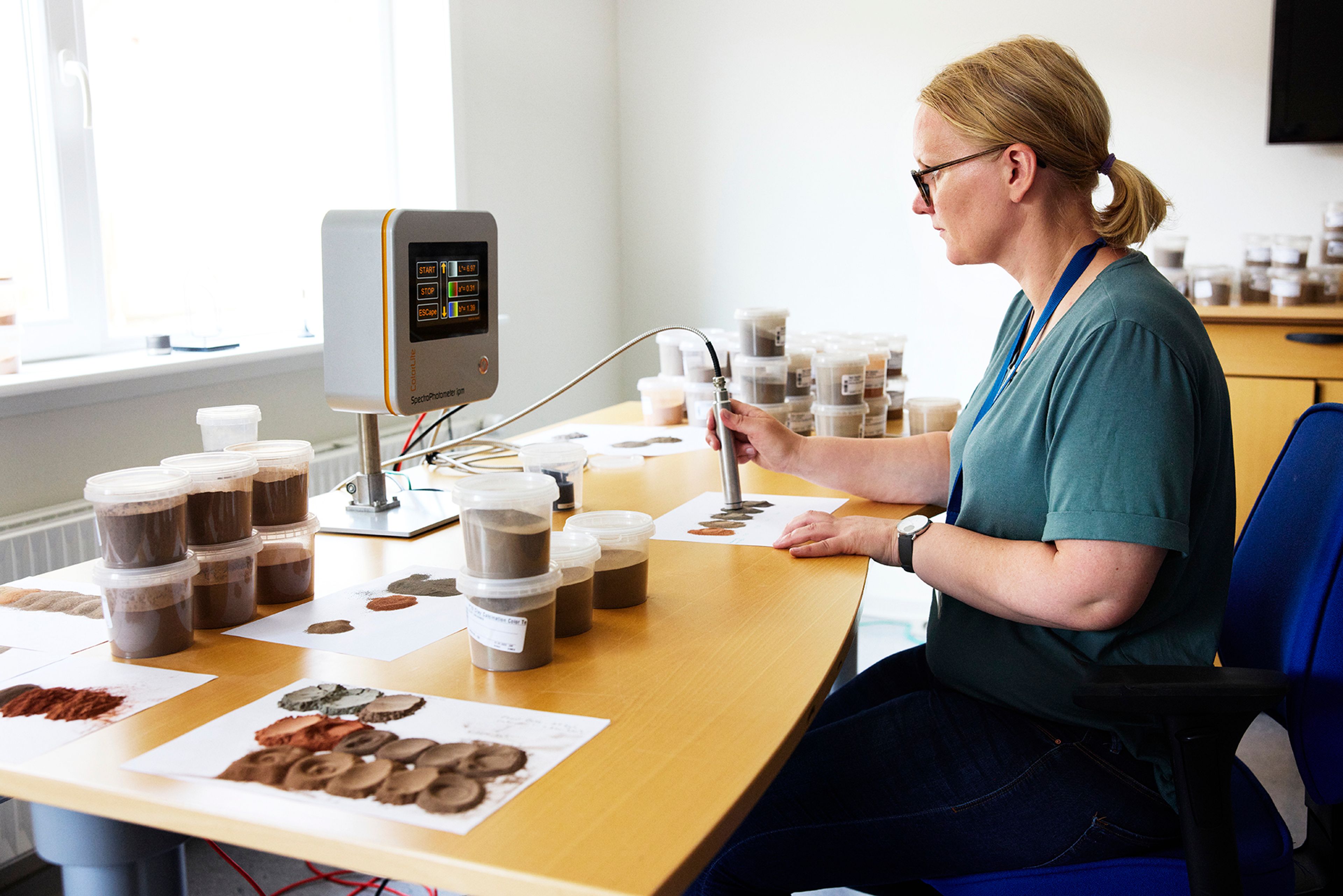
Green R&D
Dania supports FLSmidth Cement’s green R&D projects, including our ECoClay™, CO2Valorize, and DETOCS research programmes. The site hosts also workshops and facilities for building new pilot plants for testing new ideas at scale and is home to the ECoClay pilot-scale electric clay calcination plant.
What we offer
Dania’s long history
Cement has been part of the Dania landscape for well over a century. The Dania cement works were built in 1886. They were taken over by FLSmidth just over half a century later in 1937 with peak production hit in 1960, when three kilns produced 200,000 tpy. Commercial cement production ceased in 1984 but, by then, the Dania test centre had been established, followed by an R&D Center in 2005. In 2020, Dania was reconfigured to support SCM and calcined clay testing.
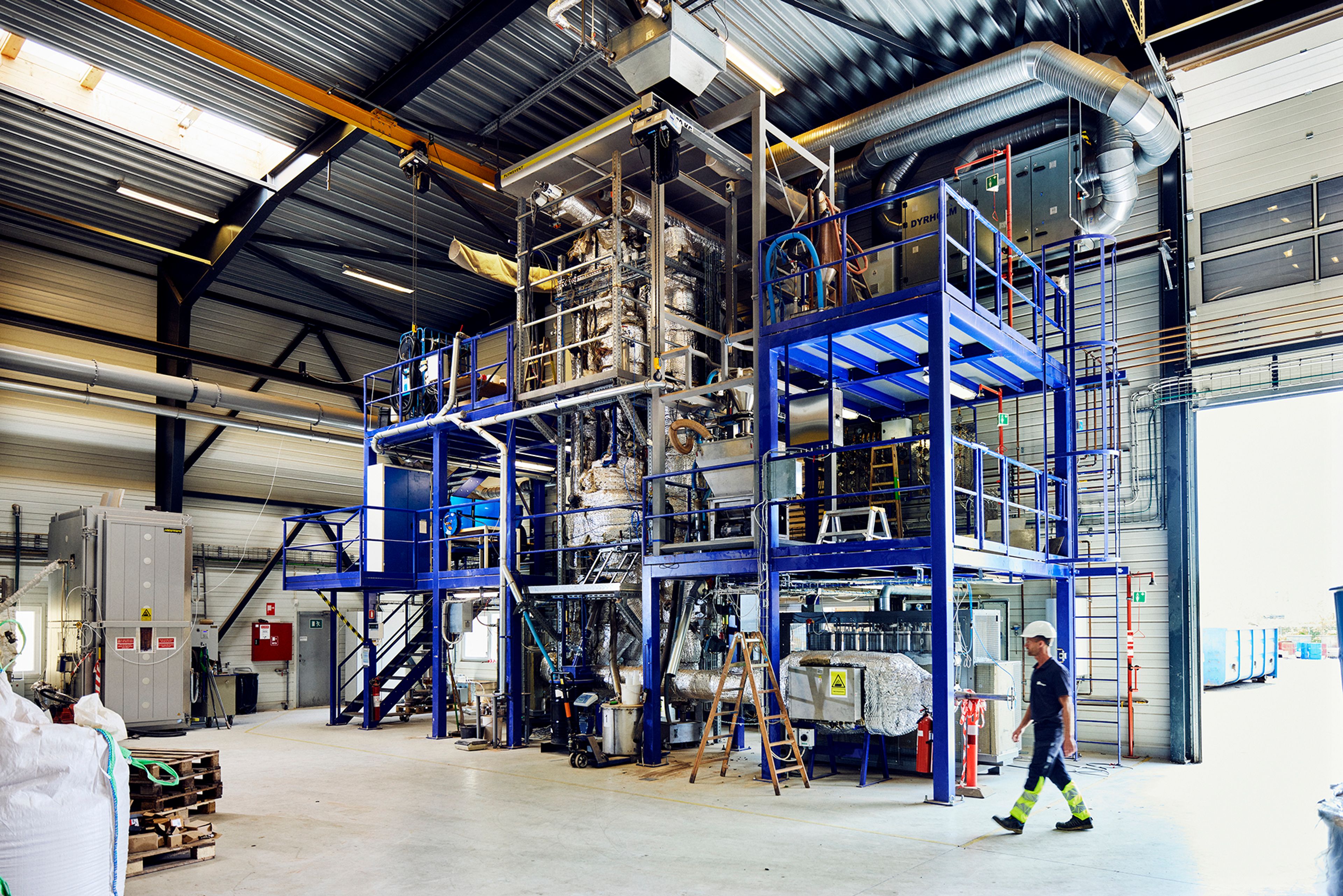
.jpg?w=1080&q=80&auto=format)


.jpg?w=1080&q=80&auto=format)
